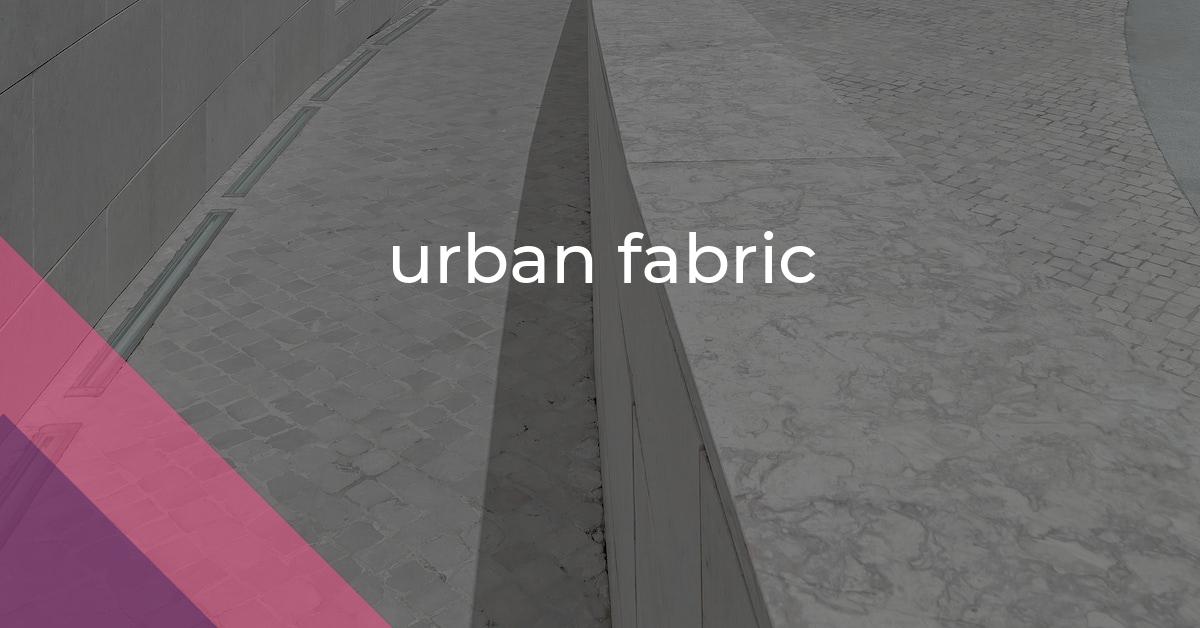urban fabric: Idiom Meaning and Origin
What does ‘urban fabric’ mean?
The idiom "urban fabric" refers to the physical structure and layout of a city, including its buildings, roads, and public spaces. It signifies the interconnectedness and overall composition of a city's built environment.

Idiom Explorer
The idiom "up someone's street" means that something is suited to a person's interests, skills, or preferences.
The idiom "under the sun" means everything or anything in existence. It is used to emphasize the vastness or inclusiveness of a situation or topic.
The idiom "under sail" means to be actively engaged or in progress, particularly in relation to a ship or boat that is being propelled by wind. It symbolizes movement, progress, and the journey towards a desired destination.
The idiom "under glass" means to be kept or displayed in a protective or controlled environment, often for preservation or exhibition purposes.
The idiom "two sides of the same coin" means that two things appear different, but are actually closely related or connected.
The idiom "turn a phrase" means to skillfully express or articulate something in a clever or interesting way, often using words and language creatively. It refers to the ability to produce witty, memorable, or powerful sentences or phrases.
The idiom "true stripes" refers to someone's real character or true nature. It signifies seeing through superficial appearances and recognizing someone's genuine qualities or intentions.
The idiom "town and gown" refers to the relationship or conflict between a university town (representing academics/students) and the local community (representing residents). It symbolizes the clash, or sometimes cooperation, between these two distinct groups within a community.
The idiom "top end of town" refers to the wealthiest or most influential part of a city or community.
The idiom "to do with" is used to indicate a connection or relevance between two things or people. It implies that something relates to, is associated with, or is about a particular subject or topic.
Enigmatic City Weave
Urban fabric refers to the physical structure and characteristics of a city or urban area. It includes buildings, streets, parks, and infrastructure that make up the built environment. The term is derived from the metaphorical idea of a fabric, which suggests interconnectedness and interdependence within a city.
The concept of urban fabric has its roots in urban planning and architecture. It emphasizes the importance of a well-designed and cohesive urban environment that is functional, aesthetically pleasing, and responsive to the needs of its inhabitants. As cities face challenges of rapid urbanization, population growth, and sustainability, understanding and improving urban fabric is crucial.
One key aspect of urban fabric is the relationship between architecture and the surrounding context. Buildings that harmonize with the existing fabric, respecting historical context and local styles, contribute to the character and identity of a city. This cohesive design helps in creating a sense of place and community.
concrete jungle is a related idiom that aptly describes the urban fabric of a city. It highlights the dense and hectic nature of urban areas, where buildings and infrastructure dominate the landscape. The term emphasizes the fast-paced and busy lifestyle often associated with cities.
Another important element of urban fabric is the layout and connectivity of streets and public spaces. Well-designed streetscapes promote walkability, social interaction, and a sense of community. The arrangement of buildings and public areas, along with the distribution of amenities and services, significantly affects the urban fabric.
The idiom "knit together" is relevant when discussing urban fabric. It conveys the idea that urban areas are made up of interconnected elements that are tightly woven together. This interconnectedness is crucial for the smooth functioning and cohesiveness of a city.
Infrastructure also plays a vital role in shaping the urban fabric. Reliable transportation networks, utilities, and public facilities are essential for the functioning of a city. Bridges, roads, water supply systems, and other infrastructural elements become part of the fabric, influencing the movement and daily routines of urban dwellers.
Main Street is an idiom that represents the heart and soul of a city. It refers to the central commercial and social hub of a town or city. Main Street represents the vibrant and bustling aspects of urban fabric, where people gather, shop, and socialize.
The fabric metaphor implies a sense of cohesion and interconnectedness between different elements of urban life. It recognizes that a city is more than just a collection of buildings; it is a complex system with interwoven layers of history, culture, and social dynamics.
By understanding and appreciating the complexities of urban fabric, we can strive to create cities that are more livable, inclusive, and harmonious. Improving urban fabric involves considering not only the physical aspects of a city but also the social, cultural, and economic factors that contribute to the overall urban experience.
Example usage
1. The earthquake caused extensive damage to the urban fabric of the city, with many buildings being destroyed or severely damaged.
2. The urban fabric of this neighborhood is characterized by a mix of residential, commercial, and industrial buildings.
3. The city implemented a revitalization project to improve the urban fabric in the downtown area, including enhancing public spaces and upgrading infrastructure.
More "Architecture" idioms



